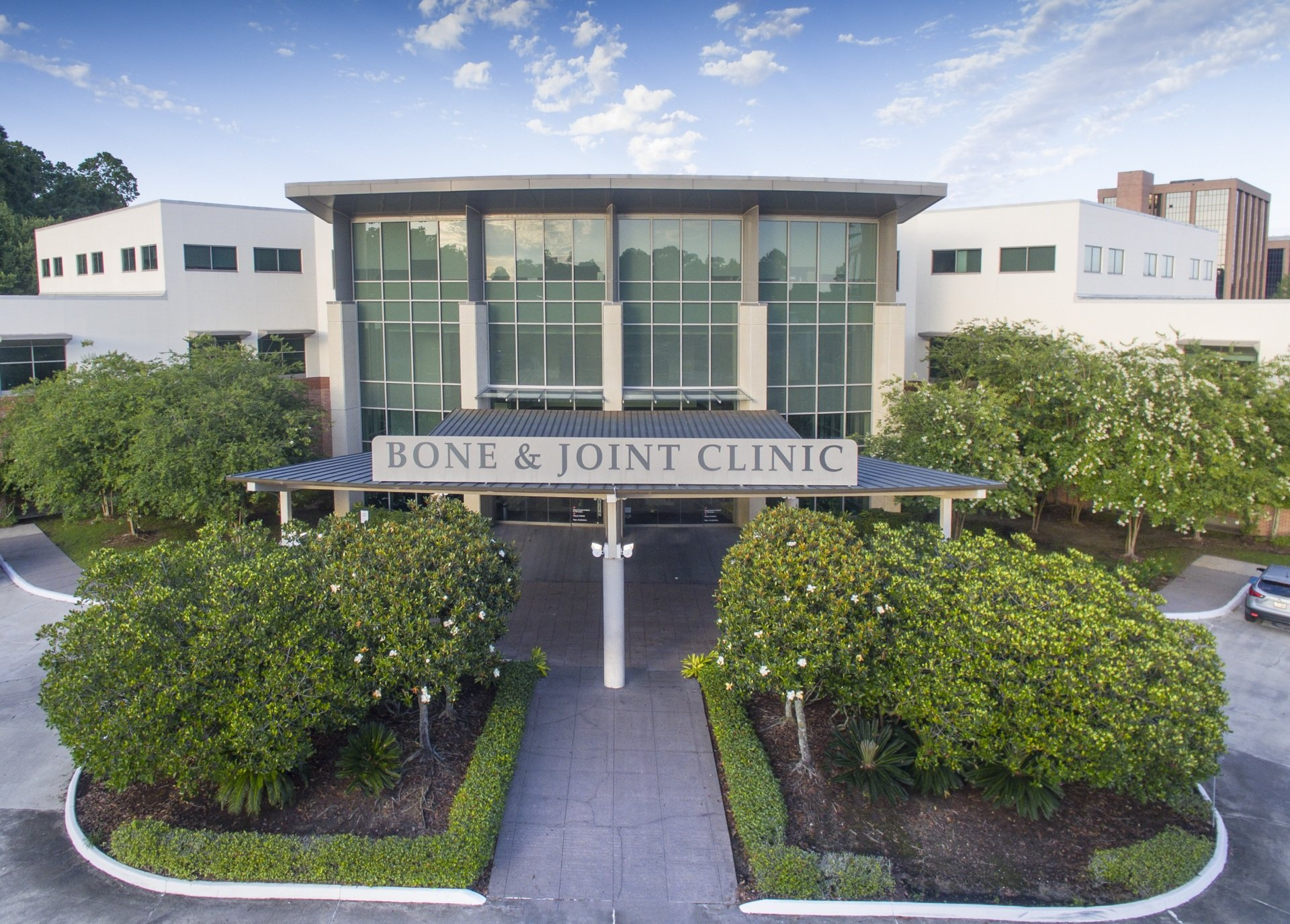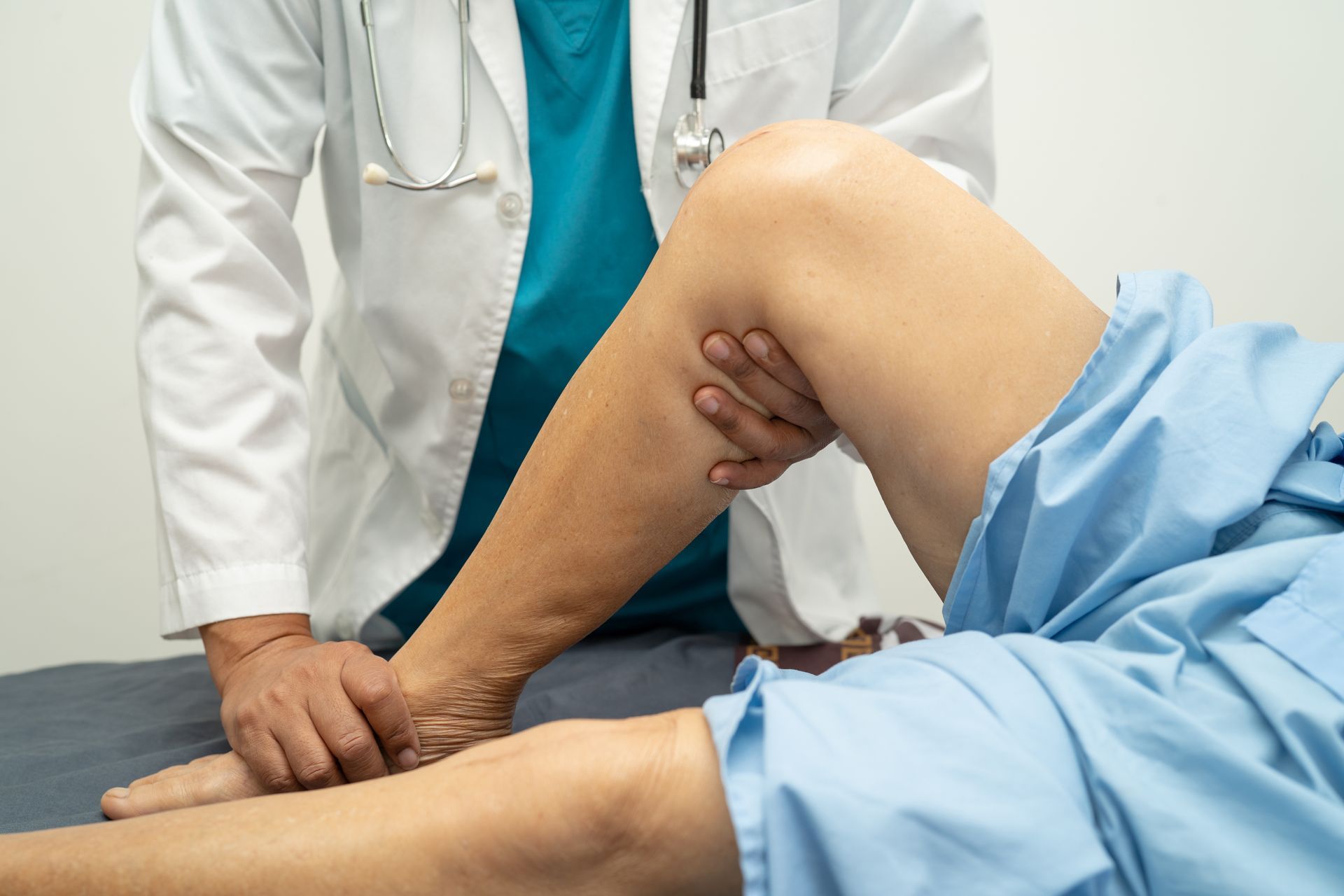Knee pain is a prevalent and often debilitating issue that affects people of all ages and walks of life. Whether you're an athlete pushing your limits, a desk worker clocking in hours, or a senior seeking mobility, knee pain can be a significant hindrance to your daily activities. Understanding the root causes of knee pain is the first step toward effective management and prevention. Here, we'll delve into some of the most common culprits behind knee pain, shedding light on the importance of proper care and injury prevention.
Knee Pain from Osteoarthritis
Osteoarthritis is a degenerative joint disease that occurs when the cartilage that cushions the bones in your knee joint gradually wears away. This condition is most common in older adults, affecting approximately 32.5 million Americans, but it can also develop as a result of repetitive stress or injury. As the cartilage diminishes, bones may start rubbing against each other, causing pain, stiffness, and swelling. Managing osteoarthritis often involves a combination of lifestyle changes,
orthopedic physical therapy,
pain management, and, in some cases, surgery.
Knee Sprains and Strains
Strains and sprains occur when muscles, tendons, or ligaments around the knee are stretched or torn. These injuries are often a result of sudden movements, overexertion, or improper form during physical activities. The pain associated with strains and sprains can range from mild discomfort to severe agony. Rest, ice, compression, and elevation (RICE) are commonly recommended for initial treatment, followed by targeted exercises to rebuild strength and flexibility. However, more severe cases often require additional treatment with an
orthopedic specialist.
Patellofemoral Pain Syndrome
Commonly referred to as "runner's knee," patellofemoral pain syndrome involves pain around or under the kneecap. It can be triggered by factors such as overuse, muscle imbalances, or misalignment of the kneecap. This condition is prevalent among athletes, particularly runners and cyclists. Managing patellofemoral pain involves addressing muscle imbalances, adjusting training routines, and using orthotics or supportive devices.
Sports medicine specialists can help sufferers manage and overcome the symptoms of runner’s knee.
Tendinitis of the Knee
Tendinitis, the inflammation of a tendon, can affect any of the tendons around the knee, but the patellar tendon (connecting the kneecap to the shinbone) is often the most affected. Repetitive activities, such as jumping or running, can lead to tendinitis. Rest, icing, anti-inflammatory medications, and physical therapy are common approaches to managing this condition.
Meniscus Tears
The menisci are two C-shaped pieces of cartilage that act as shock absorbers between the thighbone and shinbone. A sudden twisting motion or a direct blow to the knee can lead to a
meniscus tear. Depending on the severity of the tear, treatment options range from conservative measures (rest and physical therapy) to surgical intervention.
Bursitis of the Knee
Bursae are small fluid-filled sacs that cushion the knee joint and reduce friction between the bones, tendons, and muscles. When these bursae become inflamed due to overuse, pressure, or infection, bursitis can occur. This condition leads to localized pain and swelling around the affected area. Treatment involves rest, anti-inflammatory medications, and sometimes draining excess fluid from the bursa.
Knee pain can stem from a variety of causes, and its impact on daily life can be profound. Recognizing the common culprits behind knee pain empowers individuals to take proactive steps toward prevention and effective management. Whether through maintaining a healthy weight, practicing proper form during physical activities, or seeking timely medical attention, there are numerous ways to protect and nurture your knee health. Remember, consulting an orthopedic specialist like those at
The Bone and Joint Clinic for accurate diagnosis and personalized guidance is essential when dealing with persistent or severe knee pain.




